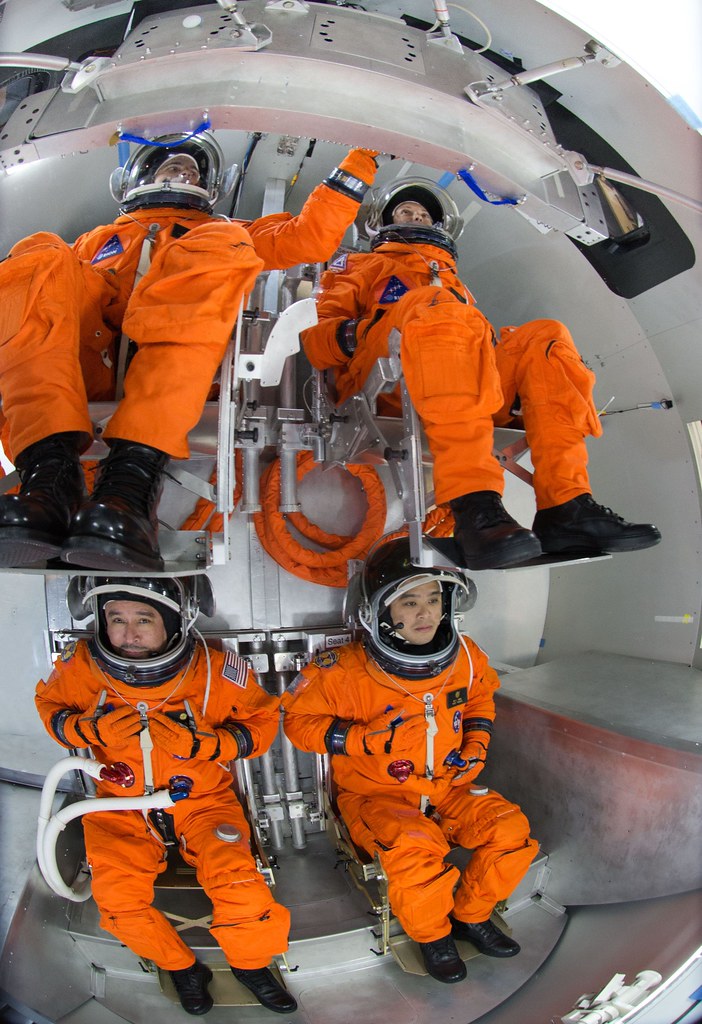Multinational Crew Launches from Florida on Mission to International Space Station
A multinational crew of four astronauts has successfully launched from NASA’s Kennedy Space Center in Florida, beginning their journey to the International Space Station (ISS). The crew, consisting of astronauts from four different countries and agencies, took off aboard a SpaceX Dragon spacecraft named Endurance atop a Falcon 9 rocket. The launch was initially delayed by a day to ensure the safety and operational margin of the spacecraft’s environmental control and life support system.
The Falcon 9 rocket, powered by nine Merlin 1D engines, lifted off from Launch Pad 39A at KSC with 1.7 million pounds of thrust. The rocket ascended through the clouds over Florida’s Space Coast and headed northeast over the Atlantic Ocean to align with the ISS’s orbital plane. Two minutes and 40 seconds into the flight, the rocket’s second stage ignited to send the astronauts into orbit inside the capsule. They are expected to reach the space station approximately 29 hours after launch.
Notably, the Falcon 9’s first stage booster, B1081, successfully landed at Cape Canaveral Space Force Station’s Landing Zone 1. This was the fifth time that an unused Falcon 9 booster has launched humans and the second time SpaceX has landed a booster used for crewed flight.
The crew includes NASA Mission Commander Jasmin Moghbeli, who will be responsible for all phases of flight and serve as an Expedition 69/70 flight engineer aboard the station. European Space Agency (ESA) Pilot Andreas Mogensen will be responsible for spacecraft systems and performance and will also serve as an Expedition 69/70 flight engineer. Astronaut Satoshi Furukawa from the Japan Aerospace Exploration Agency (JAXA) will be a flight engineer and mission specialist for Expedition 69/70, while Cosmonaut Konstantin Borisov of Roscosmos will serve as a mission specialist and flight engineer.
The Dragon Endurance spacecraft is expected to dock with the ISS’s Harmony module’s space-facing port on August 27th. Once docked, it will temporarily increase the station’s crew to 11 people. The four-person crew will live and work on the space station for approximately six months, replacing the Crew-6 astronauts who have been on the station since February. They will depart for Earth in a SpaceX Crew Dragon Endurance capsule several days after their arrival.
In addition to this mission, SpaceX is scheduled to launch a second Falcon 9 rocket from Space Launch Complex 40 at Cape Canaveral Space Force Station, almost 18 hours after the first launch.
This successful multinational mission highlights the continued collaboration between different countries and agencies in space exploration. With each launch and docking, humanity takes another step towards a more extensive and sustained presence in space.
